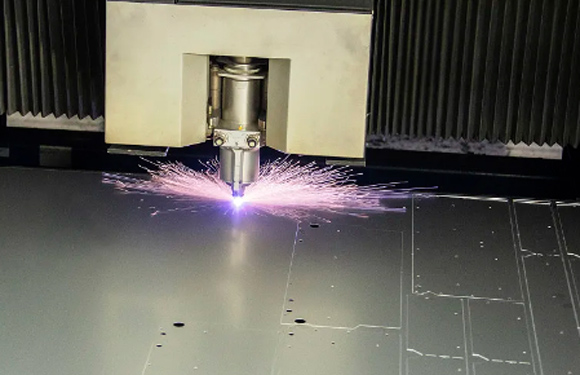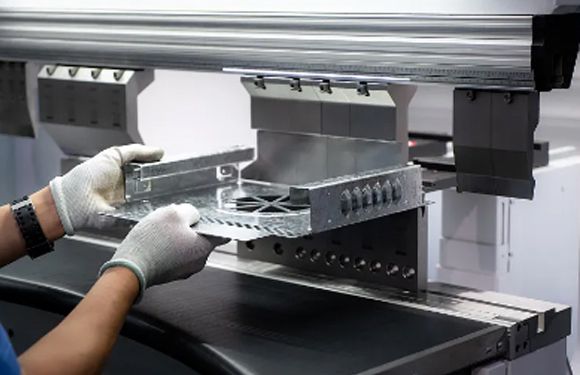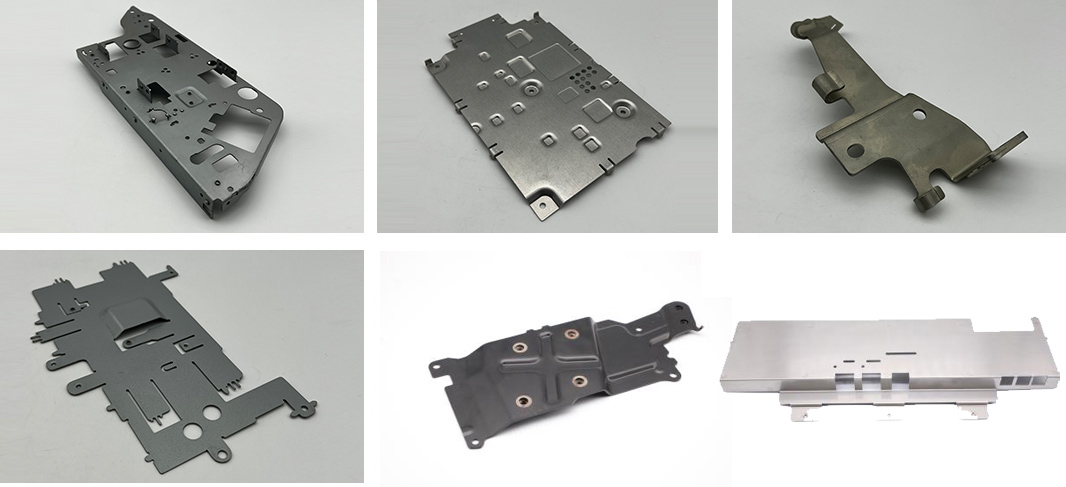What is Sheet Metal Fabrication?
Sheet metal processing is a comprehensive processing technology for metal sheets (usually less than 4mm), including blanking, bending, riveting, welding, etc. It involves turning thin, flat sheets of metal into pre-programmed structures, achieving this transformation through various sheet metal design techniques such as stamping, cutting and bending. Sheet metal processing is used to manufacture various parts and products, such as chimneys, iron barrels, fuel tanks and jugs, ventilation ducts, elbows and heads, round heavens and squares, funnels, etc.
Sheet metal processing is widely used in automotive, aerospace, medical, construction and other fields, and its products are required to be precise, durable and resistant to environmental factors.

Sheet Metal Prototyping Fabrication
Sheet metal prototyping refers to the use of sheet metal processing technology to produce preliminary samples or prototypes of products, and perform functional testing, appearance evaluation and assembly verification during the product design and development stages. This kind of prototyping usually involves material cutting, bending, stamping, welding and other sheet metal processing processes to produce various parts of the product and conduct assembly and debugging. Through sheet metal prototyping, the design team can verify the feasibility of the product design and make corresponding adjustments and improvements, providing a reliable foundation for mass production of the final product.

Advantages of Sheet Metal Fabrication
1. High-precision processing
2. Flexible processing
3. Strong processability
4. Diversified processing
5. High cost-effectiveness
6. Short production cycle
7. Environmentally friendly manufacturing
Types Of Sheet Metal
Sheet metal materials can be mainly divided into the following categories:
1. Cold-rolled plates: Such as SPCC (ordinary cold-rolled plates), SECC (galvanized cold-rolled plates), etc. This type of material has a smooth surface and high precision, and is suitable for precision sheet metal processing.
2. Hot-rolled plate: Such as SHCC (ordinary hot-rolled plate). This type of material has a relatively rough surface but uniform thickness. It is suitable for sheet metal products that do not require high surface quality.
3. Galvanized sheet: Such as SECC (thin zinc layer), SGCC (thick zinc layer), etc. These materials have good corrosion resistance and are suitable for sheet metal products used outdoors.
4. Copper: including brass, red copper, beryllium copper, etc. Copper has good electrical and thermal conductivity and is suitable for sheet metal products that require electromagnetic shielding or high thermal conductivity.
5. Aluminum: such as 6061, 6063, duralumin, etc. These materials have low density, high strength, and good corrosion resistance, and are suitable for lightweight and durable sheet metal products.
6. Stainless steel: including mirror stainless steel, brushed stainless steel, matte stainless steel, etc. This type of material has good corrosion resistance and aesthetics, and is suitable for sheet metal products that require high aesthetics and corrosion resistance.
7. Magnesium alloy: This type of material is the lightest metal structure. It has the advantages of high specific strength, fatigue resistance, impact resistance, good fluidity, and good anti-static performance, but has poor corrosion resistance.
8. Zinc alloy: This type of material has good corrosion resistance and casting properties, and is suitable for making complex sheet metal products.
The above types of sheet metal materials are selected based on product use and cost considerations. In practical applications, commonly used materials include cold-rolled plates, galvanized plates, aluminum plates, stainless steel, etc.
Parts of the product:
